



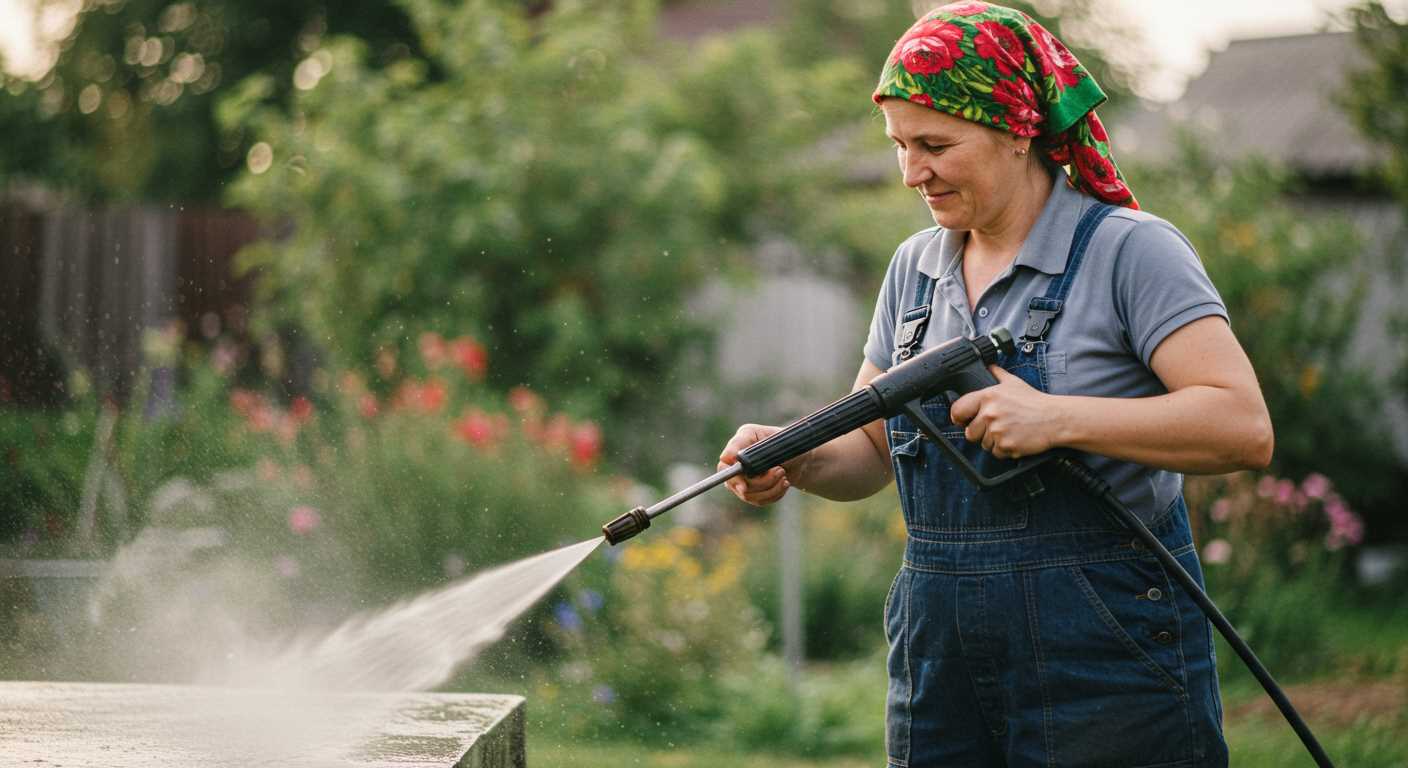
Mixing disinfectant solutions with high-powered cleaning machines may seem like a quick fix for tough stains and mould. However, caution is necessary. While some models can tolerate specific cleaning agents, not all are designed to handle corrosive substances. It’s crucial to first consult the manufacturer’s guidelines to avoid damaging internal components.
In my years of experience with various cleaning devices, I’ve witnessed numerous instances where improper mixing led to costly repairs. For instance, using a harsh chemical without proper dilution resulted in pump failures and significant wear. Opting for a dedicated soap attachment specifically formulated for these machines can yield excellent results without the risk of damage.
Should there be a need for disinfection, consider applying the solution manually with a sprayer instead of incorporating it directly into the equipment. This method ensures the machinery remains intact while effectively treating surfaces. Always rinse thoroughly after application to prevent any residue build-up that could affect performance over time.
In summary, while exploring cleaning options, prioritise the longevity of your device. A little research and care can save both time and money in the long run. Make informed choices, and your cleaning tasks will be both safe and effective.
Understanding the Risks of Using Bleach in Pressure Washers
Mixing chlorine-based products with your cleaning equipment is not advisable. The corrosive properties can damage internal components, leading to costly repairs or complete replacement. I’ve witnessed instances where users ignored this warning and ended up with malfunctioning machines after just a few uses.
Chlorine can also react negatively with certain materials. For instance, seals and hoses may degrade more rapidly, resulting in leaks and reduced performance. During my time in the industry, I encountered several cases where users had to replace parts prematurely due to damage from improper cleaning solutions.
Another concern is the environmental impact. Residual chemicals can contaminate water systems if not rinsed thoroughly. I remember a project where a client used a strong chlorine mix, and we had to spend additional time ensuring that all traces were removed to protect local waterways.
It’s crucial to consider safety as well. Fumes from chlorine can be hazardous, especially in enclosed spaces. I always recommend proper ventilation and wearing appropriate protective gear when handling any hazardous substances. One unfortunate incident involved a colleague who suffered respiratory issues after inadequate precautions were taken during a cleaning job.
For those seeking alternatives, consider using specially formulated cleaning agents designed for high-pressure cleaning devices. These products are generally safer for both the equipment and the environment. In my experience, they often yield better results without the associated risks of chlorine-based solutions.
In summary, while it may seem tempting to use chlorine for its powerful cleaning abilities, the risks associated with its use in high-pressure cleaning equipment far outweigh the benefits. Opt for safer, purpose-made solutions to prolong the life of your equipment and ensure a safer cleaning process.
Types of Pressure Washers Suitable for Bleach Use
For effective application of cleaning solutions, including chlorine compounds, certain models of high-pressure cleaning devices are more compatible than others. After years in the industry, I’ve found that both electric and gas-powered versions can be suitable, but there are distinct considerations for each type.
Gas-Powered Machines
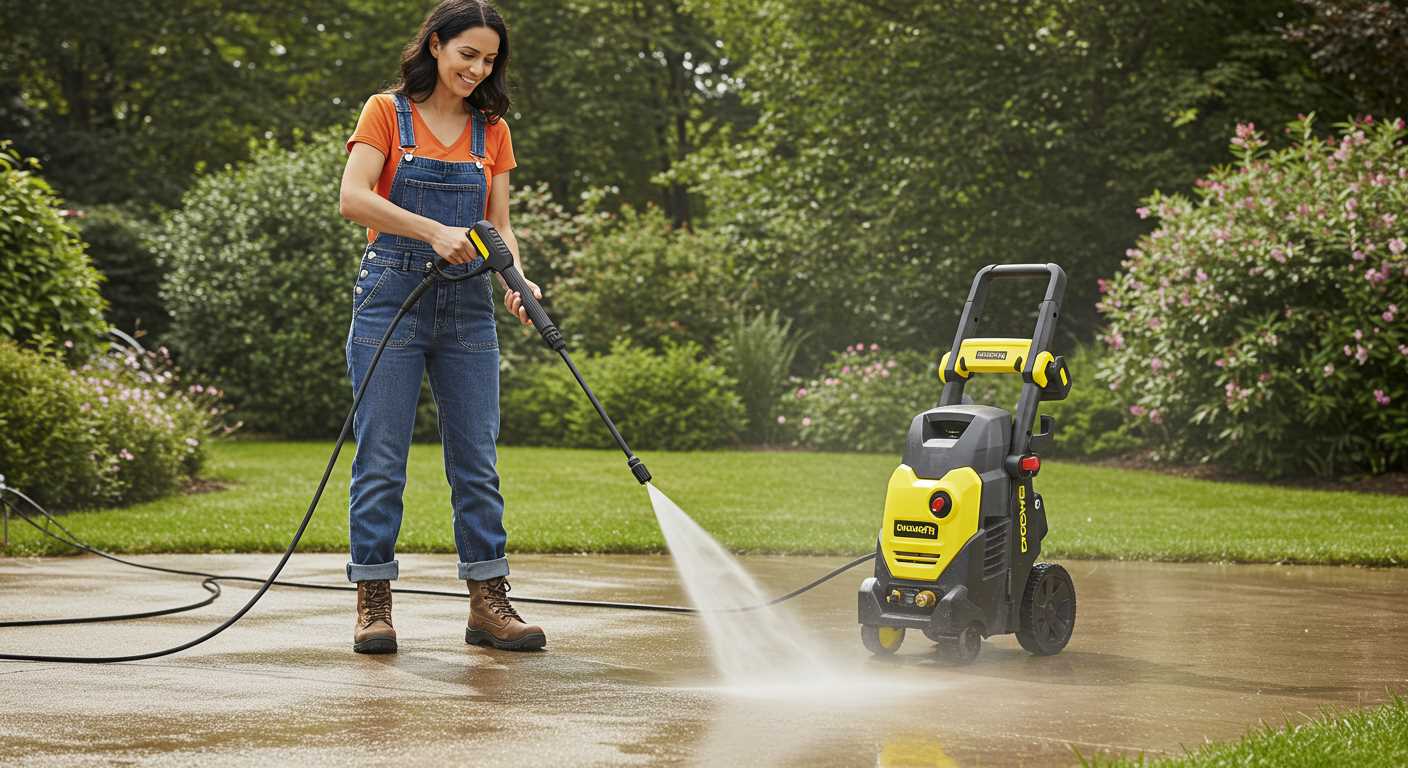
Gas-powered units are generally more robust and capable of handling harsher chemicals without damage. Their higher pressure ratings, typically ranging from 2500 to 4000 PSI, allow for efficient cleaning of tough stains and organic growth. These machines often feature durable components, making them ideal for using potent substances.
Electric Models
Electric variants tend to be more lightweight and user-friendly but require caution when mixing with strong disinfectants. Models with a lower PSI rating (around 1500 to 2000) are less durable and may not withstand corrosive effects as well as their gas counterparts. However, selecting a high-quality electric model with a solution tank can lead to satisfactory results if used carefully.
| Type | Pressure Rating (PSI) | Material Compatibility | Best Use Cases |
|---|---|---|---|
| Gas-Powered | 2500 – 4000 | Durable metals and plastics | Heavy-duty cleaning, outdoor surfaces |
| Electric | 1500 – 2000 | Standard plastics | Light cleaning, smaller areas |
When choosing a model, look for those specifically designed to handle chemical solutions. This will ensure longevity and prevent any degradation of internal components. Always refer to the manufacturer’s guidelines to confirm compatibility before proceeding with any cleaning agent. My experience has shown that diligent research pays off, leading to successful and safe cleaning outcomes.
Proper Dilution Ratios for Mixing Bleach with Water
For optimal results, a dilution ratio of 1:10 is recommended when mixing sodium hypochlorite with water. This mixture effectively cleans surfaces without causing damage to your equipment.
- For light cleaning tasks, such as removing mildew, consider a ratio of 1:20.
- When tackling tough stains or mould, increase the concentration to 1:5.
- Always mix the solution in a well-ventilated area, using protective gear like gloves and goggles.
Always remember to test the diluted solution on a small, inconspicuous area before applying it to the entire surface. This ensures compatibility with the material.
After use, thoroughly rinse the surfaces with clean water to prevent any potential damage from residual bleach. Maintaining your equipment is critical; using a dedicated cleaner designed for your device can help prolong its lifespan. For those interested in maintaining the shine of their vehicles, check out the best car wax for pressure washer.
Alternative Cleaning Solutions for Pressure Washing
Consider using vinegar as a natural alternative for tackling mildew and grime on outdoor surfaces. Mix equal parts of white vinegar and water in a container. This solution is safe for most surfaces and can effectively break down tough stains without the harsh effects of harsh chemicals.
Another option is using baking soda. It acts as a gentle abrasive cleaner. Combine a cup of baking soda with a gallon of water to create a paste. Apply this mixture to stained areas, allowing it to sit for a while before rinsing off with water. This method is particularly useful for cleaning decks and patios.
For those dealing with oil stains, try dish soap mixed with water. Use a few drops of a concentrated dish detergent in a bucket of warm water. Apply it directly to the stained area and scrub with a brush before rinsing. This approach can effectively cut through grease without damaging surfaces.
For tough mould and mildew, hydrogen peroxide can be a game changer. Mix one part hydrogen peroxide with two parts water, spray it on the affected area and let it sit for about 10 minutes before rinsing. This solution is particularly effective on concrete and brick surfaces.
Lastly, consider commercial eco-friendly cleaners specifically formulated for outdoor surfaces. These products are designed to be safe for the environment while still providing effective cleaning power. Always check the manufacturer’s instructions to ensure compatibility with your equipment.
Steps for Safely Using Bleach in Your Pressure Washer
Before incorporating a chlorine solution into your cleaning routine, ensure you have the right equipment and understand the process. Begin by wearing protective gear: goggles, gloves, and a mask to shield yourself from fumes. Safety is non-negotiable.
Next, prepare a dedicated container for mixing. A clean, plastic bucket works best to avoid chemical reactions with other materials. Measure the dilution carefully; a common ratio is one part bleach to ten parts water. Always add bleach to water, not the other way around, to prevent splashing.
After mixing, use a siphon tube or chemical injection system to introduce the solution into the machine. This prevents any direct contact with the internal components. Flush the system with fresh water after use to clear any residual chemicals, protecting your equipment from damage.
Consider covering your equipment when not in use with a pressure washer cover. This helps maintain its condition and longevity, especially if you frequently use harsh chemicals.
Lastly, always test the solution on a small, inconspicuous area before full application. This ensures compatibility with the surface being cleaned. Regular maintenance and proper usage will keep your equipment in top shape and extend its lifespan.

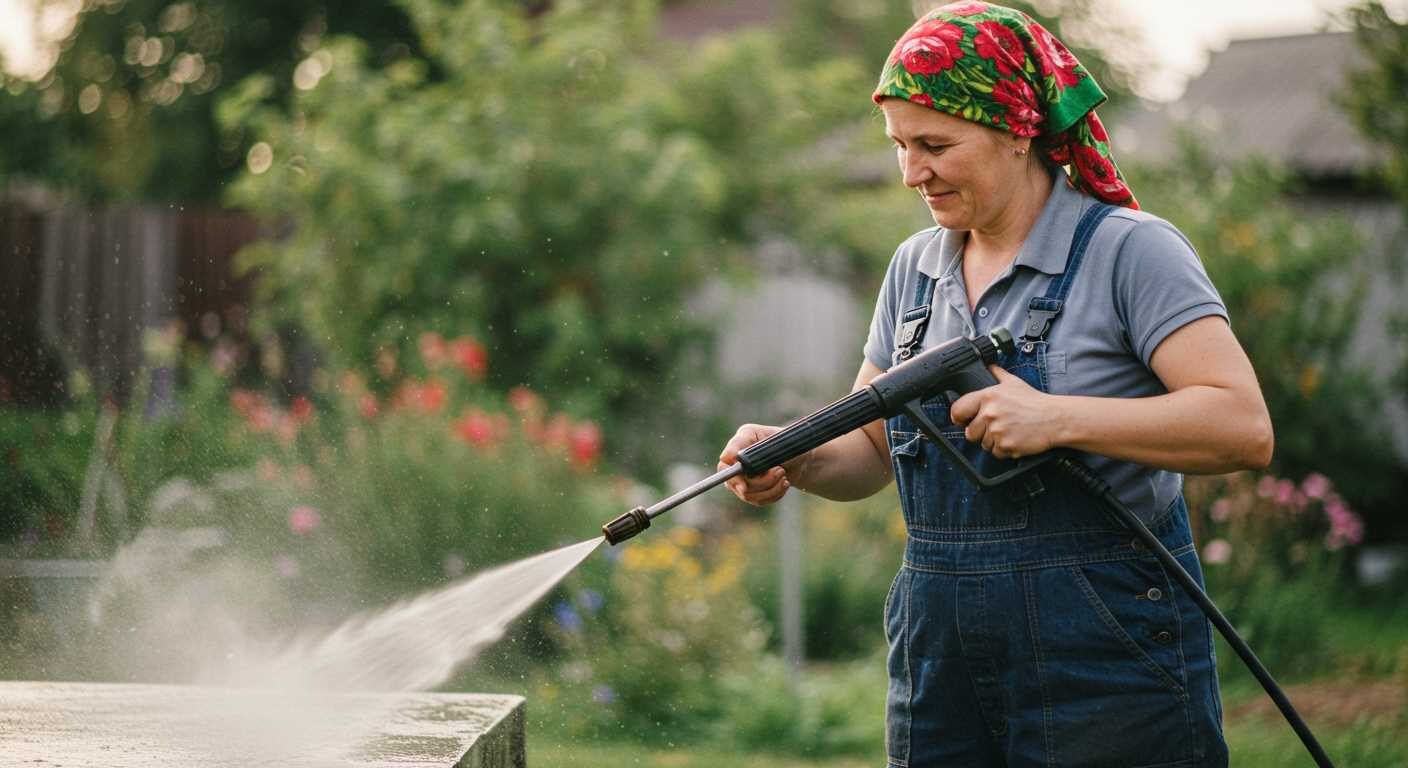
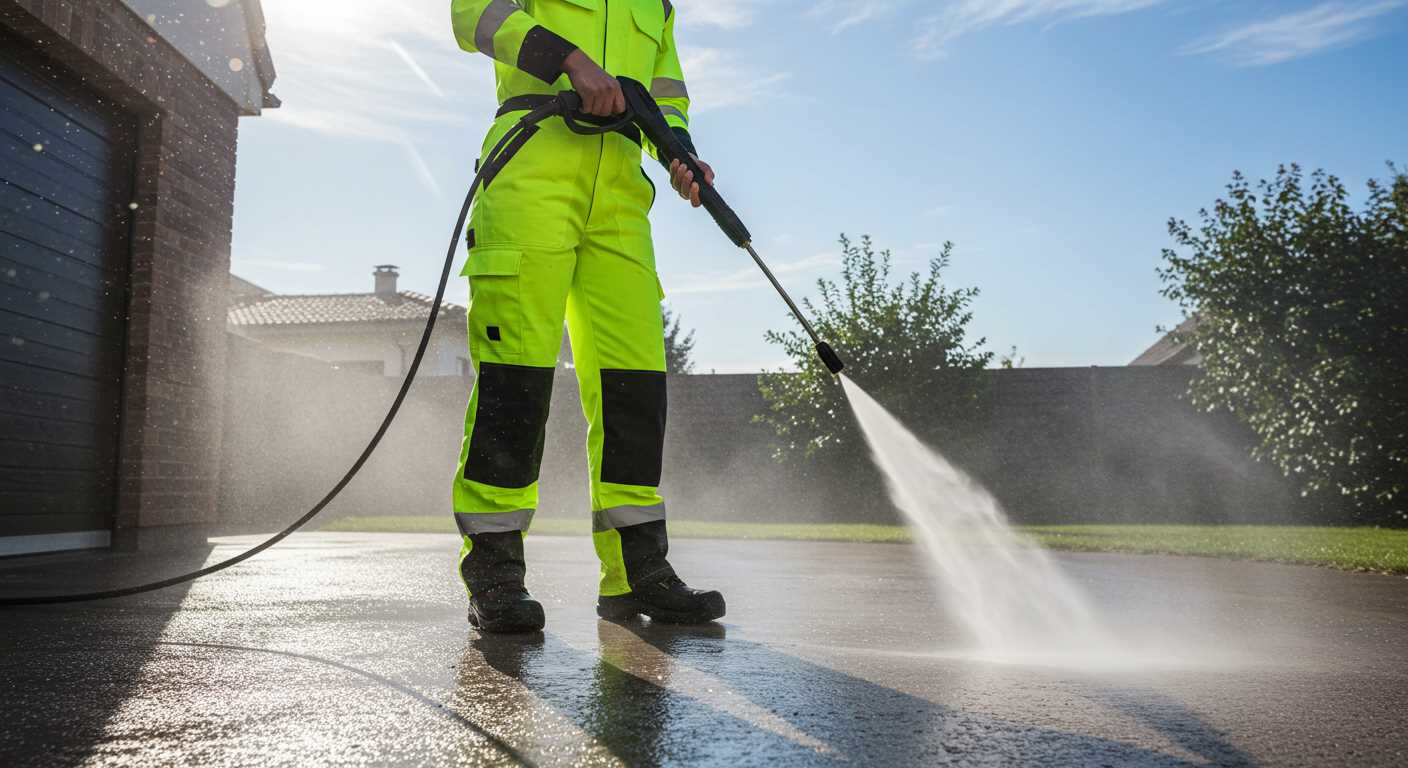
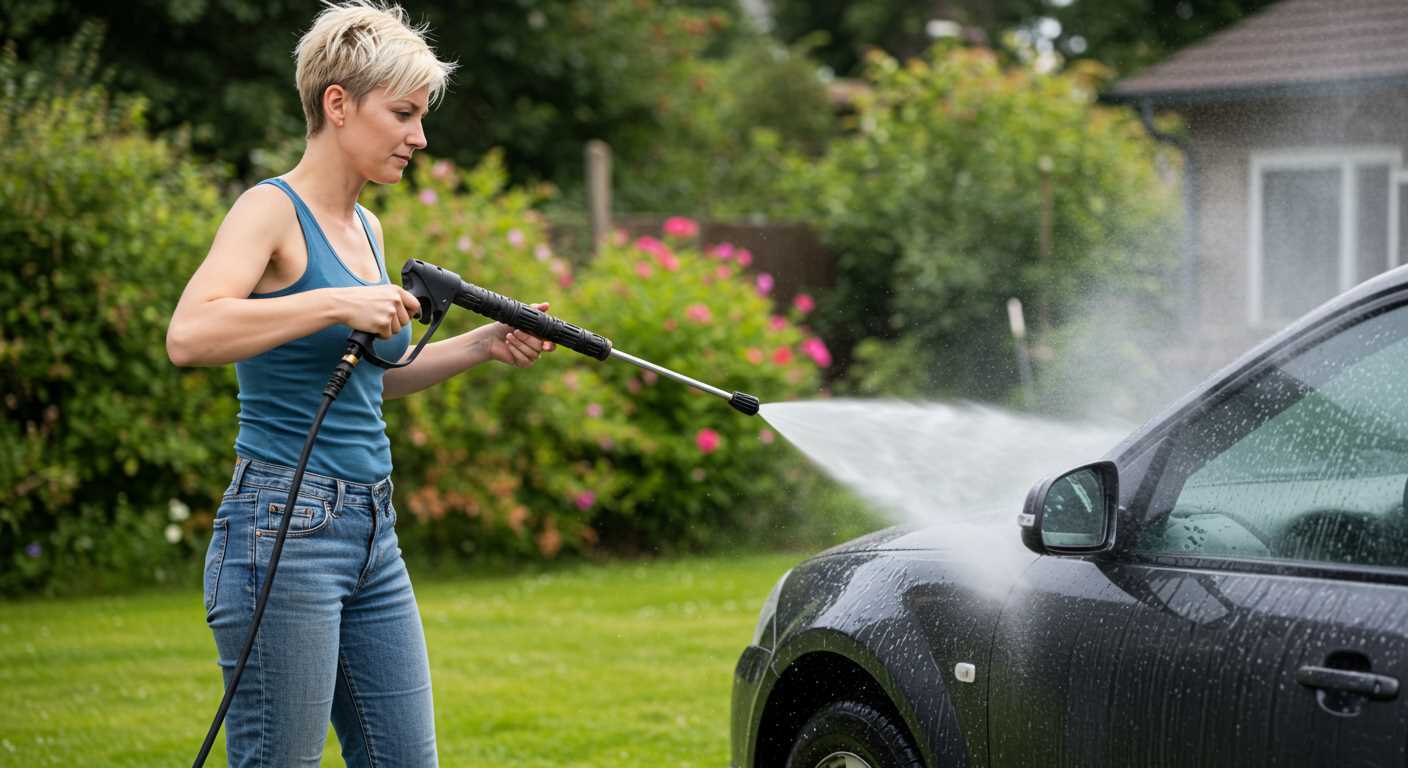
.jpg)


